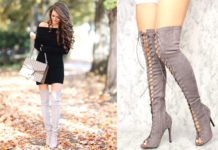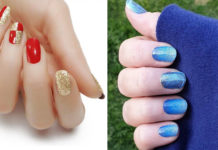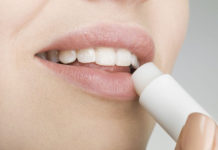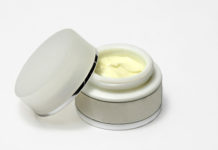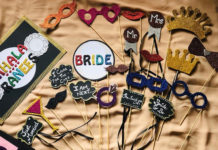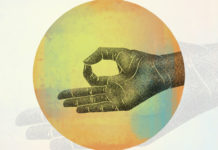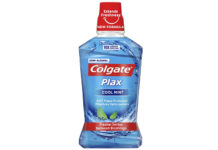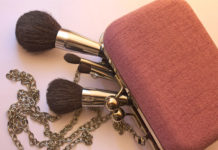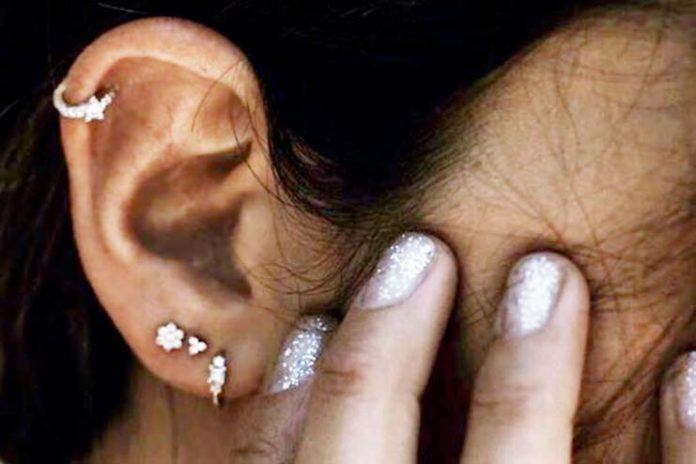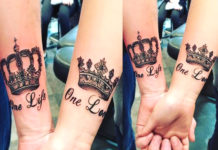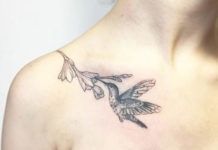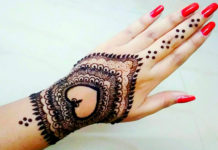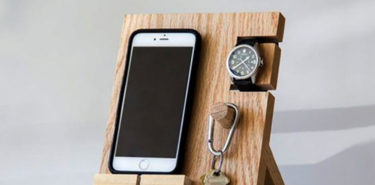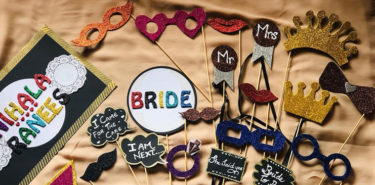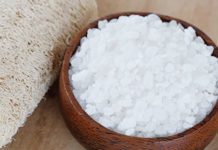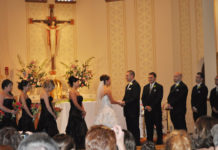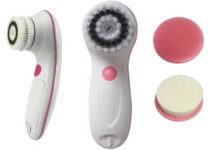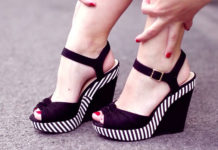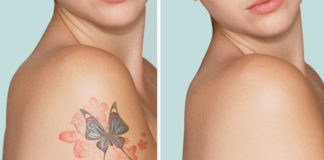Affiliate Disclaimer
Some links in this article are affiliate links. We may earn a small commission if you make a purchase through these links, at no extra cost to you. We only recommend products we find useful to our readersWell, there are many ups and down in life, and we change our style of living according to that style. Maybe one of the most ancient form of art in India is cartilage piercing, and how it has inspired women to decorated themselves with jewelries and mission to look beautiful. As soon as we are born, we think about piercing the ears or nose. We might not think about cartilage piercing, but there is a lot of issue to think about. Some are mentioned below.
What Actually Cartilage Piercing Is?
A cartilage piercing is the perforation to wear jewellery on the ears. Some of the most common cartilage piercings are the one done on the ears.
Since there’s a lot of piercing, there must be some consideration before it is being done. A piercing normally heals if you do not wear the stud for a while. But if it is very old, then it might take time, or might not heal at all.
Before you can get a ear cartilage piercing or a nose cartilage piercing done, you must always ask yourself questions like
Will this cartilage piercing suit my personality?
Will it hurt?
Do it have any kind of side effects?
How long will it take to completely heal?
Finally, where must I get my ear cartilage or nose pierced? When you are totally convinced with the answers, you must try to proceed further.
Different Types of Ear cartilage piercing
Ear cartilage piercing:
There is a lot of cartilage in human ear. The soft and fleshy lobes at the lower part of the ear don’t have cartilage in it. It is also not uncommon to see somebody who have many piercings in a ear.
Helix Piercing:
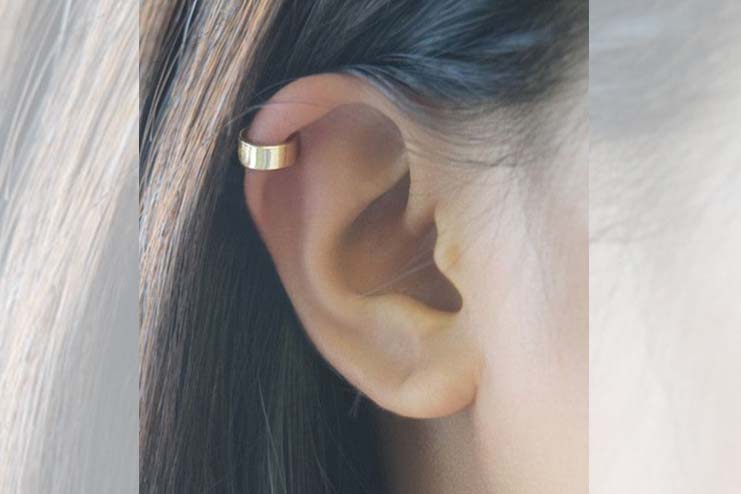
Forward Helix Piercing:
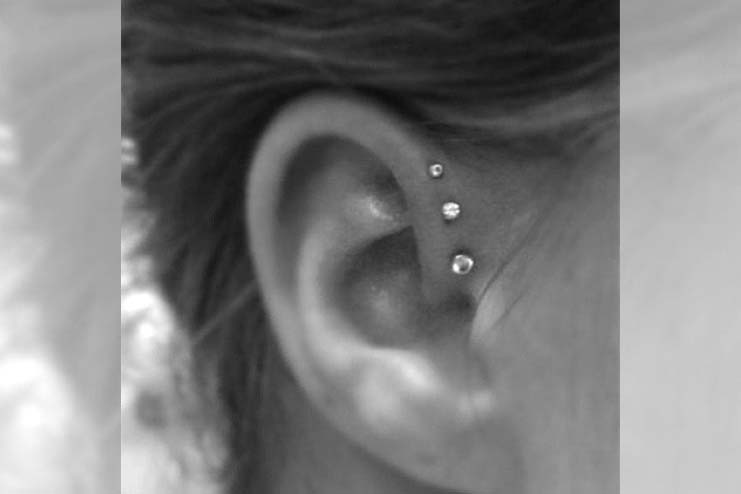
Industrial Helix Piercing:
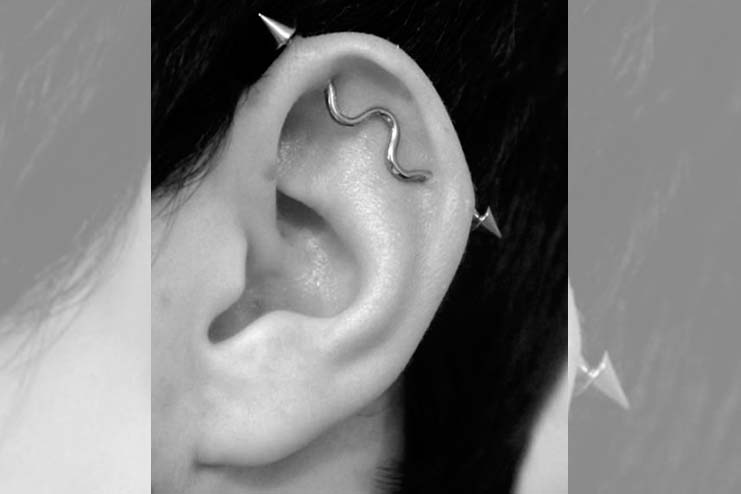
Anti-Helix Piercing:
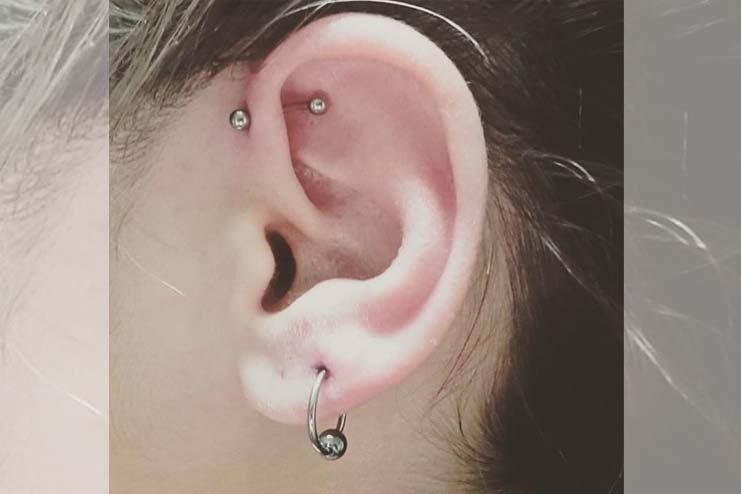
Snug Piercing:
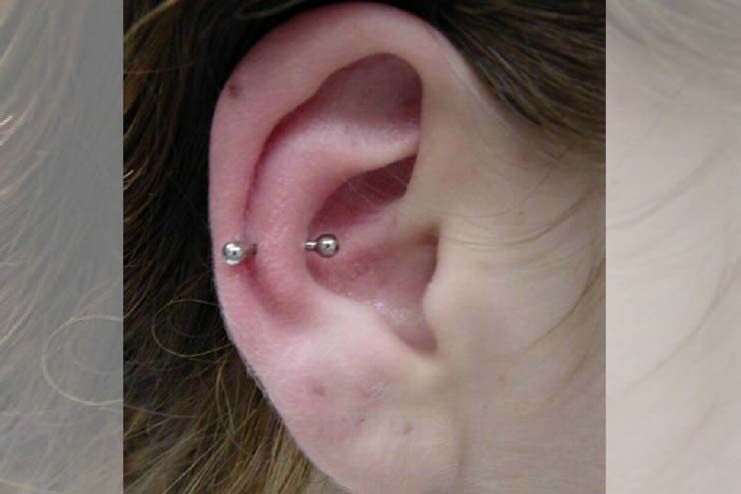
Conch Piercing:
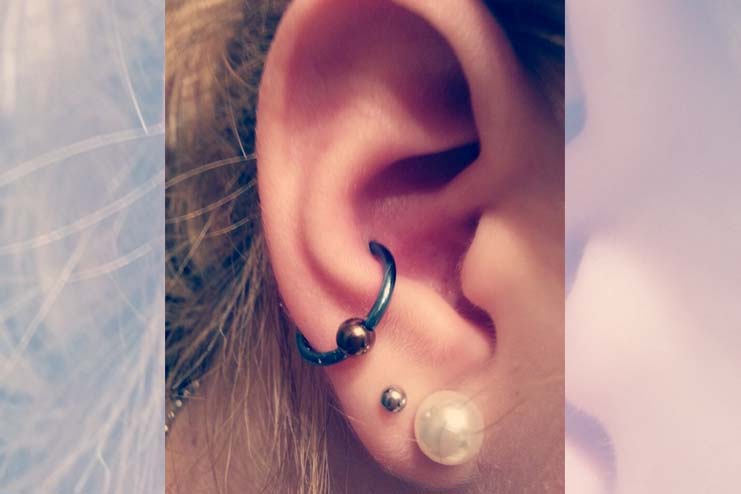
Daith Piercing:
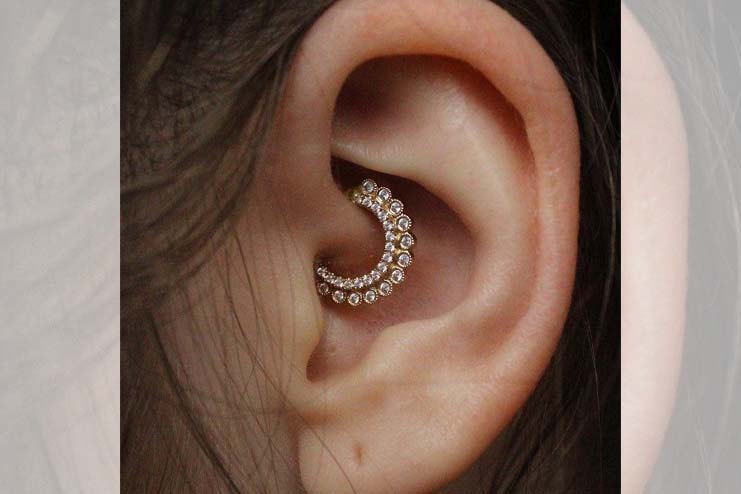
Tragus Piercing:
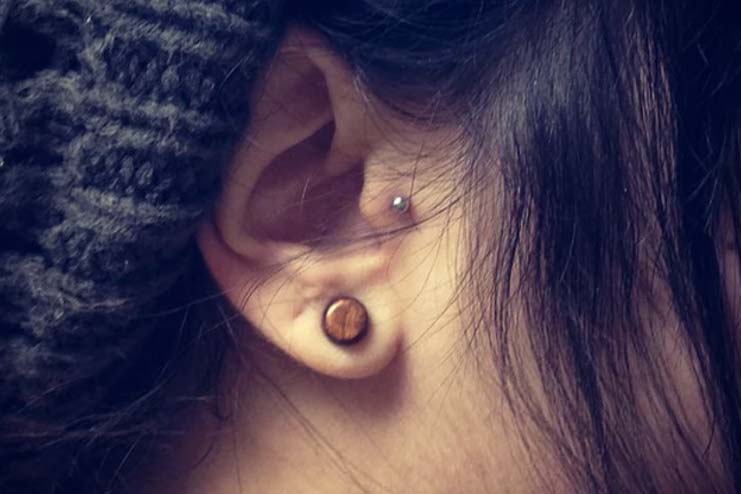
Anti-Tragus Piercing:
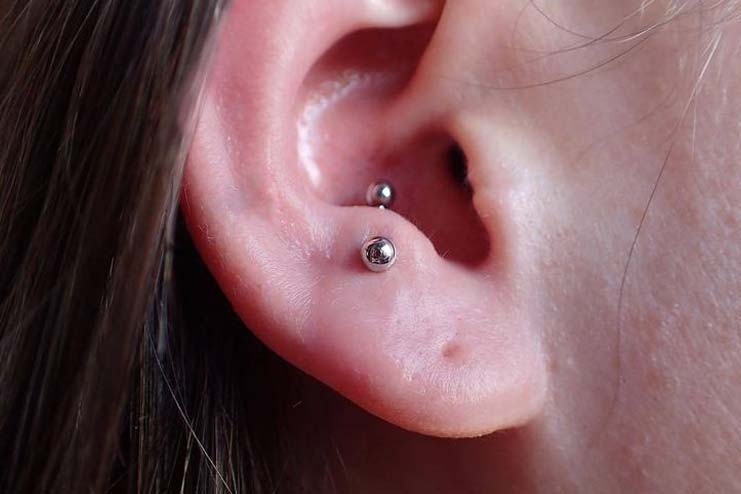
Different Types of Nose Piercing
Nostril Piercing:
Here, the piercing basically passes through the nostril on the either sides and then end up inside of the nose. It also have high nostril, where the piercing is done towards the top of your nose, that is much closer to the bone that is different from the standard nostril piercing. Here are different types of nostril piercing:
Nose Tip Piercing:
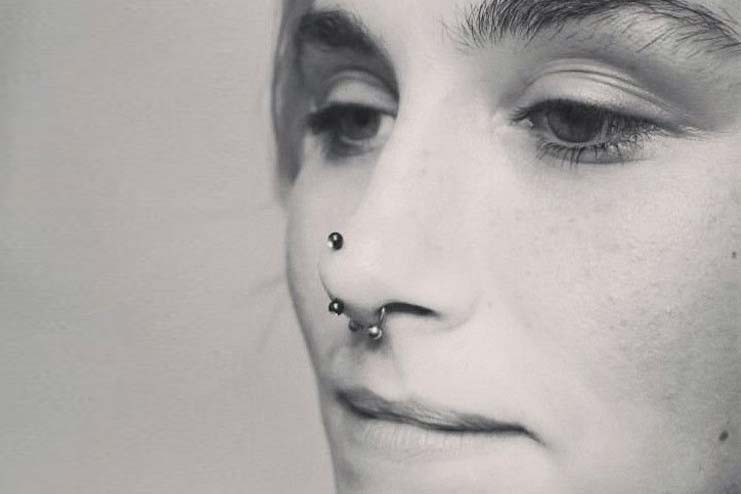
Nasallang Piercing:
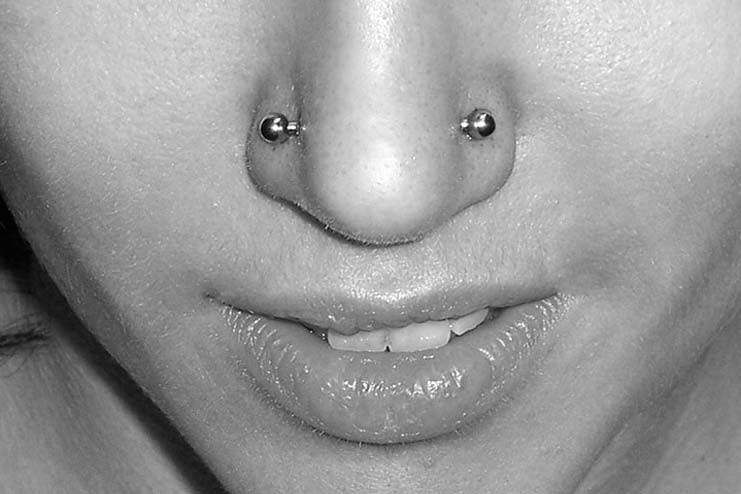
Septum Piercing:
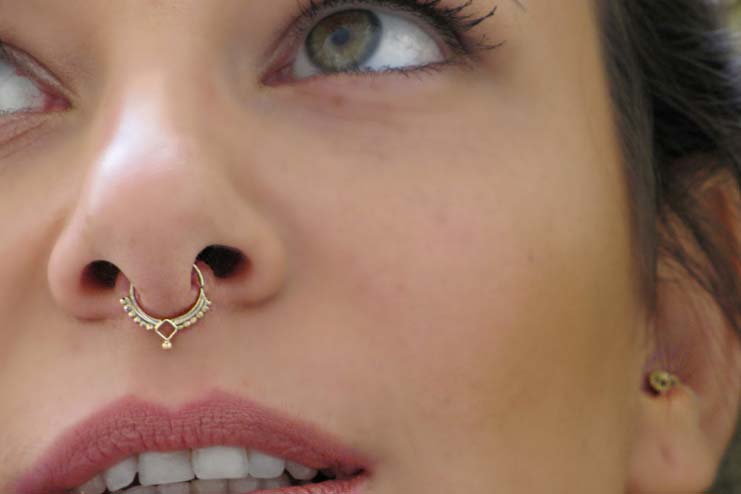
Thinking To Get Cartilage Piercing?
When you are going for a cartilage ear piercing, always do remember to be of extra careful with the hair brushes as well as glass, as the jewelry can easily get snagged on the glasses, combs, hair brushes etc. So always try to be mindful while dealing with stuffs. The Cartilage Piercing also bear the longest healing period into the world of the body piercing.
The healing process slows down as the cartilage can tend to heal from outside, thereby leaving inner layers sore as well as raw. To clear them off, it might take around three to six months to get completely healed and in some cases, it might take six to 12 months to heal.
Remember that you might have to clean the piercings twice everyday with anti-bacterial soap or even with cleaning solution that is given by the professionals. You can also integrate a cleaning process with morning and evening ritual.
Gun Shot Piercing Or Needle Piercing?
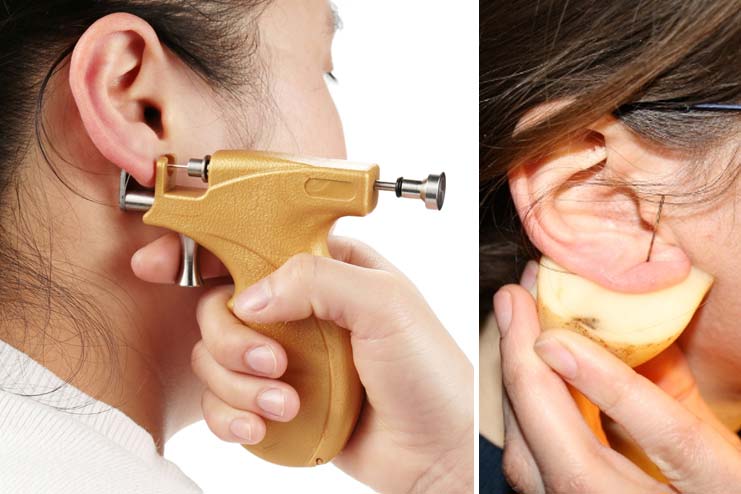
For many years, it has always been a very common belief that the needle piercing can promote infection, disfigurement in the ear and even sometimes shattering of cartilage. But, recent medical studies have showed that these both needle as well as the gun piercing can lead to the infection and other type of complications.
While in some type of cases, gun piercing is safe, others who went for this kind got infection and came up with many various complications. So, it is better to go for the gut instinct as well as prefer the personal comfort zone. Go in a place where you might feel you can get a safe, sterile as well as hygienic cartilage piercing.
Cartilage Piercing Infection
- If you are not careful, then the jewelry can get snagged on the things like hair, brushes, clothing, combs, or sometimes even glasses. This is not always painful, but it can do leave the piercing a little sore as well as red for the rest of the day and can even delay the healing. If face any such situation, wash the part with antibacterial soap or ear care solution to prevent the infection.
- These kinds of piercings do have a very long healing process because the tissue do heals from itself outside in, meaning the outer layers might appear to be healed but the inner layers still be raw as well as sore. It is because the piercing look fine, many people also assume that after few weeks the piercing is completely healed, but it is not. This can sometimes lead to the difficulties in healing and even infections.
Signs Of Infections
a. Redness
One of the most common symptoms, of an infected cartilage piercing is indicated by the skin around the piercings turning completely red.
b. Pain
If the piercing become painful in touching then be aware that it might be the infection sign particularly when the signs of reddening or aching is present.
c. Bad Smell
Another type of symptom of an infected cartilage piercing is the bad smell which emanate from the piercing without having to take it out necessarily.
d. Fever And High Temperature
Under many severity, you might experience a high temperature or the warm feeling when trying to touching the area around piercing site with the fingers. This can pose a serious concern and might not be something that can ponder but seek a medical checkup immediately if fever and ear-ache develops.
e. Bleeding
It is another serious sign of a severe piercing infection. Bleeding can be common after an injury that easily predispose the ear cartilage to the infections.
By

